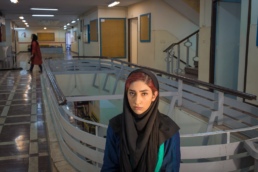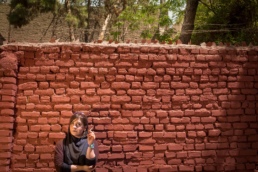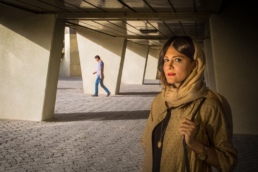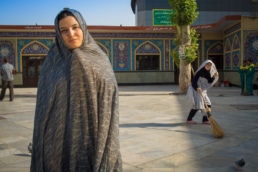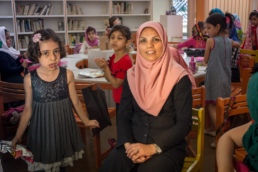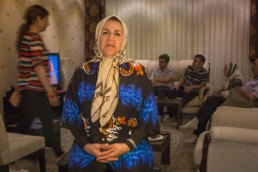Reza Shah, the twentieth century Pahlavi ruler, restricted the chador and hijab in 1936 in light of the fact that it was contrary with his modernization desires. As per Mir Hosseini, “the police were capturing ladies who were wearing cloak and effectively getting rid of them.” This arrangement maddened the Shia pastors and common people, who “showing up in broad daylight without covering for them was equivalent to bareness”. Numerous ladies would not leave their homes because of a paranoid fear of being attacked by Reza Shah’s police. When of the last Shah of Iran, such conventional attire was to a great extent deserted by rich privileged metropolitan ladies for advancement for Western dress, despite the fact that ladies in unassuming communities and towns kept on wearing chadors. Numerous ladies do this because of multiple factors: strict devotion, social custom and regard. The coat is known by the French word Manteau. A few ladies who wear manto likewise wear it for strict reasons. The niqab and burqa are exceptionally uncommon in Iran and are essentially restricted to little Arab and Afghan people group in the south and east.
As per Article 638 of the Islamic Penal Code of the Islamic Republic of Iran, “women who show up without the Islamic hijab in the public place will be condemned to detainment.”


